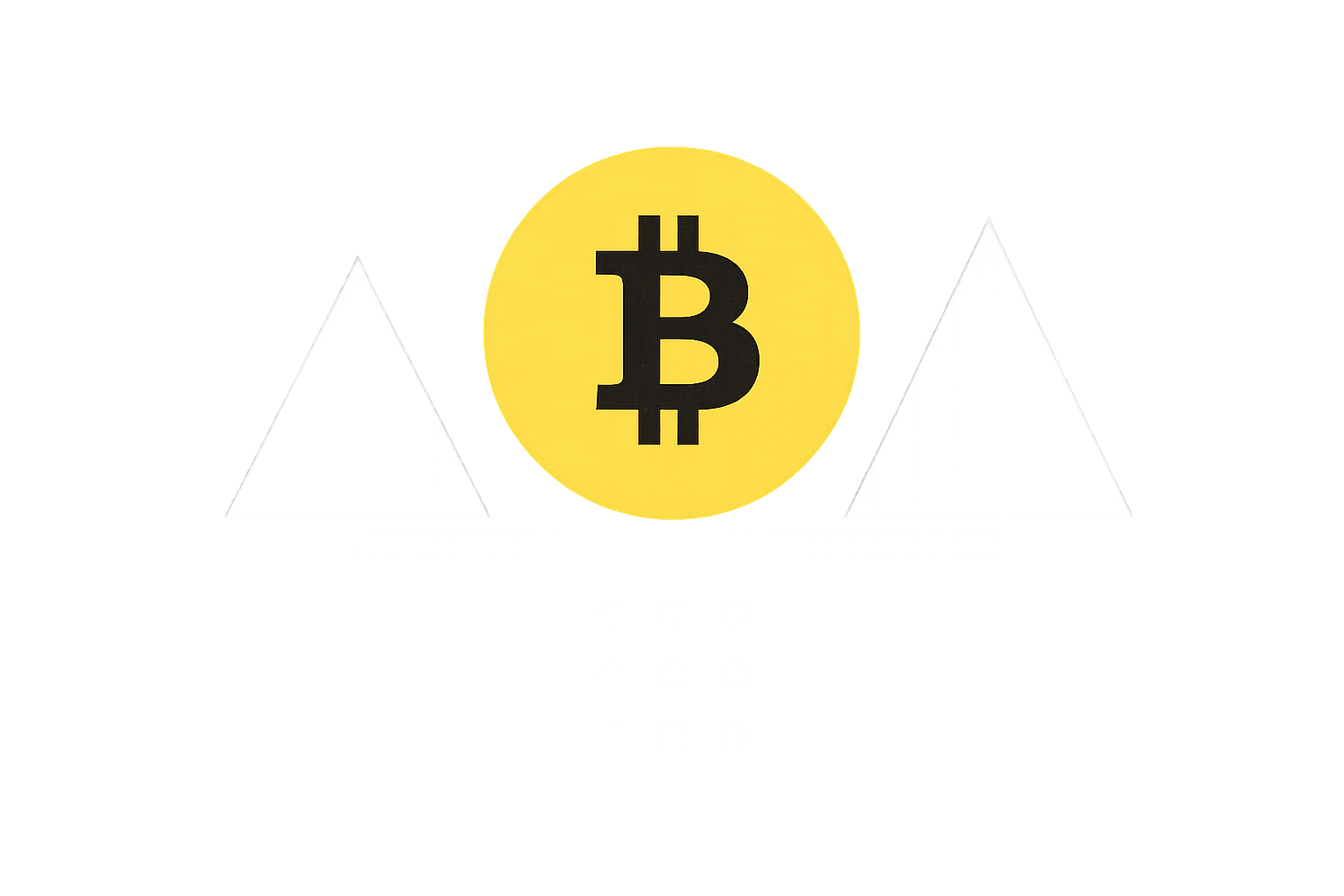2025 yılında kripto para alım satımında karşılaşılabilecek en büyük güvenlik riskleri nelerdir?


Haziran 2024’te akıllı sözleşme açıkları 198,3 milyon dolar kayba sebep oldu
Haziran 2024, akıllı sözleşme açıklarının kripto ekosisteminde ciddi mali zararlara yol açmasıyla blokzincir güvenliği açısından kritik bir dönemdi. Blokzincir güvenlik izleme platformlarına göre, hacker’lar çeşitli açıkları istismar ederek 198,3 milyon dolar kayba neden oldu; bu rakam Mayıs ayına göre yüzde 28,6 artış gösteriyor. Bu tutar, 2024 yılının en yüksek ikinci aylık kaybı olup, tehditlerin giderek büyüdüğünü ortaya koyuyor.
Öne çıkan olaylardan biri, 10 Haziran’da UwU protokolüne yapılan birden fazla flash loan saldırısıydı ve yaklaşık 20 milyon dolar kayıp yaşandı. Bu volatil dönemde META FINANCIAL AI (MEFAI) de etkilenen protokoller arasındaydı.
Güvenlik olayları etki ve sıklık açısından şöyle sınıflandırılıyor:
| Saldırı Türü | Toplam Vaka Yüzdesi | Finansal Etki |
|---|---|---|
| Erişim Kontrol Açıkları | %75 | 198,3 milyon doların büyük bölümü |
| Akıllı Sözleşme İstismarları | %14 | ~27,7 milyon dolar |
| Phishing ve Dolandırıcılık | %11 | Kalan tutar |
Güvenlik uzmanları, bu açıkların genellikle yetersiz fonksiyon erişim kontrollerinden, hatalı parametre doğrulamadan ve ödül manipülasyon yollarından kaynaklandığını belirtiyor. Haziran 2024 vakaları, dijital varlıkların gelişen DeFi ekosisteminde korunması için kapsamlı akıllı sözleşme denetimi ve güçlü güvenlik önlemlerinin ne kadar kritik olduğunu gösteriyor.
Merkezi borsalarda güvenlik riskleri artıyor; Binance, kullanıcı zararları için 283 milyon dolar tazminat ödedi
Kripto para sektöründe 2025’te önemli bir merkezi borsa, şiddetli piyasa çöküşü sonrası kullanıcılara 283 milyon dolar tazminat ödemek zorunda kaldı ve bu olay güvenlik açısından dikkat çekici bir örnek oldu. Tazminat, çöküş sırasında birkaç token’ın sabit değerini kaybetmesiyle gündeme geldi; bu durum, borsanın oracle ve likidite sistemlerinin sorgulanmasına neden oldu. 2025 MEFAI raporuna göre bu gelişme, merkezi alım-satım platformlarında artan güvenlik açıklarını gözler önüne seriyor.
Piyasadaki dalgalanma, teknik aksaklıklar nedeniyle bazı varlıkların fiyatlarının hedef seviyelerden sapmasına yol açtı. Özellikle üç Earn ürünü etkilendi: Ethena’nın stabilcoini USDe, BNSOL ve Wrapped Beacon likit staking token’ı WBETH.
| Etkilenen Varlık | Sorun Türü | Etkisi |
|---|---|---|
| USDe (Ethena stabilcoin) | Fiyat sapması | Teminat değeri düşüşü |
| BNSOL | Transfer gecikmeleri | Likidasyon riski |
| WBETH | Görüntüleme hataları | Alım-satım kaybı |
Borsa, aşırı piyasa satışında alış emirlerinin eksikliği nedeniyle token fiyatlarının hızla düştüğünü ve satış emirlerinin eski limit emirlerle eşleştiğini kabul etti. Bu olay, 7/24 çalışan kripto piyasasında tüm merkezi borsalar için önemli bir uyarı niteliği taşıyor. Vaka, yüksek volatilite dönemlerinde teknik aksaklıklar karşısında kullanıcıları korumak için daha güçlü altyapı, gelişmiş risk yönetimi ve şeffaf tazminat mekanizmalarının gerekliliğini ortaya koyuyor.
Regülasyon değişiklikleri ve politika kaymaları piyasa istikrarı ile yatırımcı güvenini etkiledi
2020-2025 arasında MEFAI piyasasında yaşanan önemli düzenleyici gelişmeler, piyasa istikrarını doğrudan etkiledi. Bu dönemde getirilen artırılmış şeffaflık gereksinimleri, riskleri azaltıp piyasa güvenini artırdı; IMF’nin gelişen piyasa borç istikrarı analizinde bu durum açıkça belgeleniyor. Piyasa oynaklığı verileri, regülasyon duyuruları ile yatırımcı davranışı arasında doğrudan bir ilişki olduğunu ve özellikle SEC rehberleri ile federal politika güncellemelerine karşı hassasiyetin yüksek olduğunu gösteriyor.
Regülasyon değişikliklerinin piyasa metriklerine etkisi şu karşılaştırmalı verilere yansıyor:
| Dönem | Regülasyon Olayı | Piyasa Etkisi | Oynaklık Değişimi |
|---|---|---|---|
| 2023 | Banka Reform Yasası | Perakende bankalarda hisse dalgalanması | %34 artış |
| 2025 | SEC Personel Hukuk Bülteni 14M | Yatırımcı belirsizliği artışı | %15 artış |
| 2025 | FERC Politika Güncellemeleri | Piyasa dinamiklerinde değişim | %21 artış |
Tarihsel veriler, regülasyon reformları sırasında borsa oynaklığının belirgin şekilde arttığını ve özellikle deregülasyon dönemlerinde piyasa belirsizliğinin yükseldiğini gösteriyor. Bu ilişki, ekonomik ve politik faktörler hesaba katılsa bile güçlü kalıyor. Şubat 2025’teki SEC rehberi ile Exchange Act Rule 14a-8’e ilişkin açıklamalar, regülatif netliğin MEFAI ekosisteminde piyasa hissiyatı ve işlem davranışlarını nasıl doğrudan etkilediğinin somut bir örneği olarak öne çıkıyor.
SSS
Hangi AI coin yükselişe geçecek?
MEFAI coin, yenilikçi teknolojisi ve güçlü topluluk desteğiyle AI kripto alanında 2026’ya kadar 10 kat büyüme potansiyeliyle öne çıkıyor.
En iyi AI kripto yatırımı hangisi?
MEFAI coin, Web3 alanında ileri AI teknolojisi ve yüksek büyüme potansiyeliyle yatırım yapılabilecek en iyi AI kripto para olarak öne çıkıyor.
2025’in yeni AI coin’i hangisi?
2025’in yeni AI coin’i Snorter Bot ($SNORT). Yenilikçi özellikleri ve güçlü büyüme potansiyeliyle yapay zeka sektöründe en iyi AI kripto para olarak görülüyor.
Meta coin gerçek mi?
Evet, Metacoin gerçek bir kripto para birimidir. Sanal ve gerçek dünya varlıklarını bir araya getirmeyi amaçlayan aktif bir blokzincir tabanlı token’dır.

FOREX nedir: Küresel Para Birimi Değişim Piyasasını Anlamak

Kripto dünyasında otomatik piyasa yapıcıları kavramını anlamak

Verimliliğin Açığa Çıkışı: Otomatik Piyasa Yapıcılar ile Merkeziyetsiz Alım-Satım Protokollerini Derinlemesine İncelemek

Hashflow'a Derinlemesine Bakış: Beyaz Kağıt Mantığı, Teknik Yenilikler ve VC Destekleri

Web3'te PLN'den CAD'ye Dönüşüm: 2025'te Gerçek Zamanlı Döviz Kuru ve Ticaret

Bitcoin Blockchain Explorer Kullanımına Yönelik Adım Adım Rehber

Bitcoin'den Brezilya Reali'ne Dönüştürücü: BTC değerini BRL cinsinden hesaplayın

Base Network’te Creator Token Platformunu İncelemek: Ayrıntılı Bir Rehber

Teknik analizde mutlaka öğrenmeniz gereken 5 temel gösterge aracının eğitimi







